A Guide to Disease Treated with Gene Therapy in China
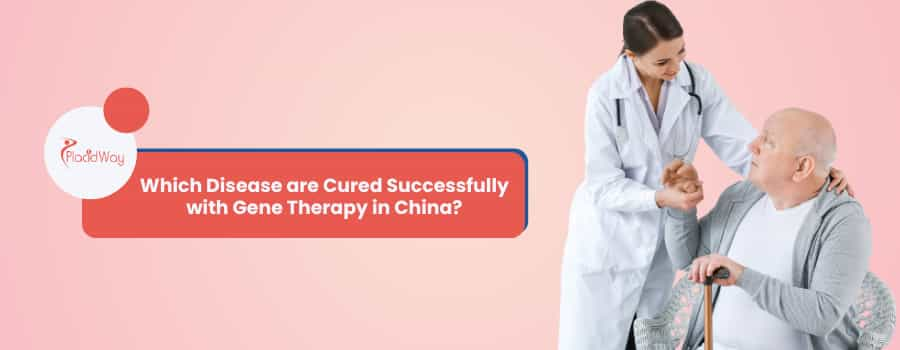
Have you ever wondered if it's possible to fix a disease at its source? Not just manage symptoms, but correct the genetic blueprint that causes the problem in the first place? This is the promise of gene therapy, a field of medicine that is moving from science fiction to clinical reality. And at the forefront of this revolution, China is emerging as a global leader, making incredible strides and offering new hope for conditions once thought incurable. We're seeing major breakthroughs, particularly in treating complex genetic blood disorders and aggressive cancers. It's a rapidly evolving area that is already changing lives.
If you or a loved one are facing a difficult diagnosis, the advancements in gene therapy in China might be the good news you've been searching for. This technology is not just experimental anymore; it's leading to approved treatments and, in some cases, what researchers are confidently calling "clinical cures." From correcting the mutation that causes beta-thalassemia to engineering a patient's own immune cells to destroy cancer, the progress is astounding. In this post, we're going to answer all your questions about which diseases are being treated, how the technology works, what the costs are, and how you can explore these cutting-edge options.
What is gene therapy and how does it work?
Think of your body as a massive library of instruction manuals (your DNA). A genetic disease is like a critical typo in one of those manuals. Gene therapy is the process of going into the library to fix that specific typo. To do this, scientists use a 'vector,' which is typically a harmless, deactivated virus, to act as a delivery vehicle. This vector carries the correct genetic code into the patient's cells.
Once inside, the new, correct gene can function normally, producing the protein that was missing or fixing the process that was broken. This is how it can offer a one-time, permanent solution for many inherited disorders, as it fixes the problem at its root rather than just treating the symptoms.
Is gene therapy a common or experimental treatment in China?
China has heavily invested in biotechnology, making it one of the most active countries in gene therapy research. For years, it has led the world in the number of clinical trials for CAR-T cell therapy (a type of gene therapy for cancer). This massive research effort is now paying off.
While many advanced therapies are still in clinical trials (which patients can often join), several have successfully completed trials and received approval from China's National Medical Products Administration (NMPA). This means treatments for conditions like beta-thalassemia and hemophilia B are moving from experimental to standard care in specialized hospitals, offering a proven, revolutionary treatment option.
What is the biggest gene therapy success story from China?
This is truly a life-changing breakthrough. Beta-thalassemia is a severe inherited blood disorder where the body can't produce enough hemoglobin, leading to severe anemia. Patients, often children, must endure lifelong, regular blood transfusions and chelation therapy to remove excess iron, which is both costly and draining.
In 2024, Chinese researchers from institutions like the Children's Hospital of Fudan University announced they had successfully cured patients, including a 4-year-old girl from Pakistan, using a one-time gene therapy treatment. This isn't just management; it's a cure. The patients' bodies are now producing healthy hemoglobin on their own, freeing them from the need for transfusions.
How does gene therapy cure beta-thalassemia?
This process is a form of "autologous stem cell transplant," meaning you are your own donor, which eliminates the risk of rejection. The corrected stem cells take root in the bone marrow and begin to produce a new, healthy blood supply. This elegant, permanent fix is a testament to the power of precision gene editing.
Can gene therapy in China cure cancer?
For patients with cancers that have returned or stopped responding to chemotherapy, CAR-T therapy has been a miracle. It's not a drug in the traditional sense; it's a "living drug" made from the patient's own immune cells.
Chinese hospitals and biotech companies, like Fosun Kite (with Yescarta) and JW Therapeutics (with Relma-cel), are offering these approved treatments. Furthermore, Legend Biotech's Cilta-cel, which originated in China, has shown outstanding results for multiple myeloma and gained FDA approval in the U.S., highlighting the global impact of China's research.
What is CAR-T cell therapy in China?
These new "super-charged" T-cells then patrol the body, identify the cancer cells, and launch a precise and powerful attack. It's a highly personalized, one-time treatment that has led to complete remissions in many patients who had run out of other options.
How much does gene therapy cost in China?
While these costs are high, they represent a fraction of the price in Western countries. For a one-time curative treatment, this price point makes it accessible to a much broader range of international patients. The cost of standard care for a chronic condition like beta-thalassemia can easily exceed $14,000 per year, making the one-time gene therapy cost-effective over the long term.
Here is a cost comparison for CAR-T therapy, one of the most common gene therapies for cancer:
| Country | Average Cost of CAR-T Therapy (USD) | Notes |
|---|---|---|
| China | $30,000 - $60,000 | Includes approved therapies like Yescarta and Relma-cel. |
| United States | $350,000 - $500,000+ | This is often just the cost of the drug, not hospitalization. |
| Europe (e.g., Germany) | $200,000 - $250,000+ | Costs vary by country and healthcare system. |
| Mexico | $80,000 - $120,000 | An alternative, but China often has more advanced trials. |
Why is CAR-T therapy so much cheaper in China?
Can gene therapy in China cure hemophilia?
This is another major breakthrough for patients with an inherited blood disorder. Developed by Belief BioMed, this therapy delivers the correct gene for Factor IX to the liver, which then begins to produce it. Clinical trials showed that patients' Factor IX activity rose significantly, and their bleeding events were dramatically reduced or eliminated. This approval marks a new era for hemophilia treatment in China.
What other genetic disorders are being treated with gene therapy in China?
While "cure" is a strong word, these therapies are offering functional improvements and stopping disease progression, which is life-altering.
- Inherited Blindness: Companies like Neurophth and InnoStellar Biotherapeutics are developing therapies to rival Luxturna (an approved gene therapy in the U.S.). These treatments involve a one-time injection into the eye to deliver a correct copy of the faulty gene, restoring vision in some patients.
- Spinal Muscular Atrophy (SMA): Zolgensma, a one-time gene therapy that replaces the function of the missing SMN1 gene, is available in China, helping to save the lives of infants with this devastating muscle-wasting disease.
- Muscular Dystrophy: Research is very active in developing gene therapies for conditions like DMD, aiming to deliver a "micro-dystrophin" gene to preserve muscle function.
Is gene therapy for inherited blindness (like LHON) available in China?
What about gene therapy for Spinal Muscular Atrophy (SMA) in China?
Is gene therapy in China safe? What are the risks?
No medical procedure is 100% risk-free, but the protocols in China's top hospitals are world-class. CRS, for example, is an expected sign that the CAR-T cells are working, and doctors are highly experienced in managing it with other medications. The "base editing" technology used for thalassemia is even more precise than standard CRISPR, reducing the risk of "off-target" effects.
Leading Chinese hospitals follow international standards of care, and many, like the Fuda Cancer Center or Peking Union Medical College Hospital, have extensive experience treating international patients and managing the unique aspects of gene therapy.
How does China's gene therapy research compare to the rest of the world?
This isn't a case of "catching up." In many respects, China is setting the pace. The sheer volume of research and the large patient population allow clinical trials to advance quickly, accelerating the pace of discovery and approval. This rapid development is why cutting-edge treatments for diseases like beta-thalassemia are becoming available in China first.
What is CRISPR gene editing and how is China using it?
In 2016, a team at Sichuan University's West China Hospital was the first in the world to use CRISPR-edited cells in a human patient to fight lung cancer. Since then, Chinese researchers have refined the technology to be safer and more precise. Base editing, which "erases" and "rewrites" a single letter of the genetic code, is one of the most exciting advancements, and China is at the forefront of its clinical application.
How can a foreign patient get gene therapy in China?
The first step is to gather all relevant medical records, including diagnosis, previous treatments, and genetic test results if available. A medical tourism partner can be invaluable in this process. They can help you identify the best hospital and doctors for your specific condition, navigate the language barrier, handle the logistics of travel and accommodation, and ensure you have a smooth and supportive experience from start to finish.
Ready to Explore Your Options?
Don't let a difficult diagnosis define your future. The groundbreaking gene therapies in China for cancer, blood disorders, and other genetic conditions are more accessible than ever.
Explore PlacidWay Medical Solutions
.png)

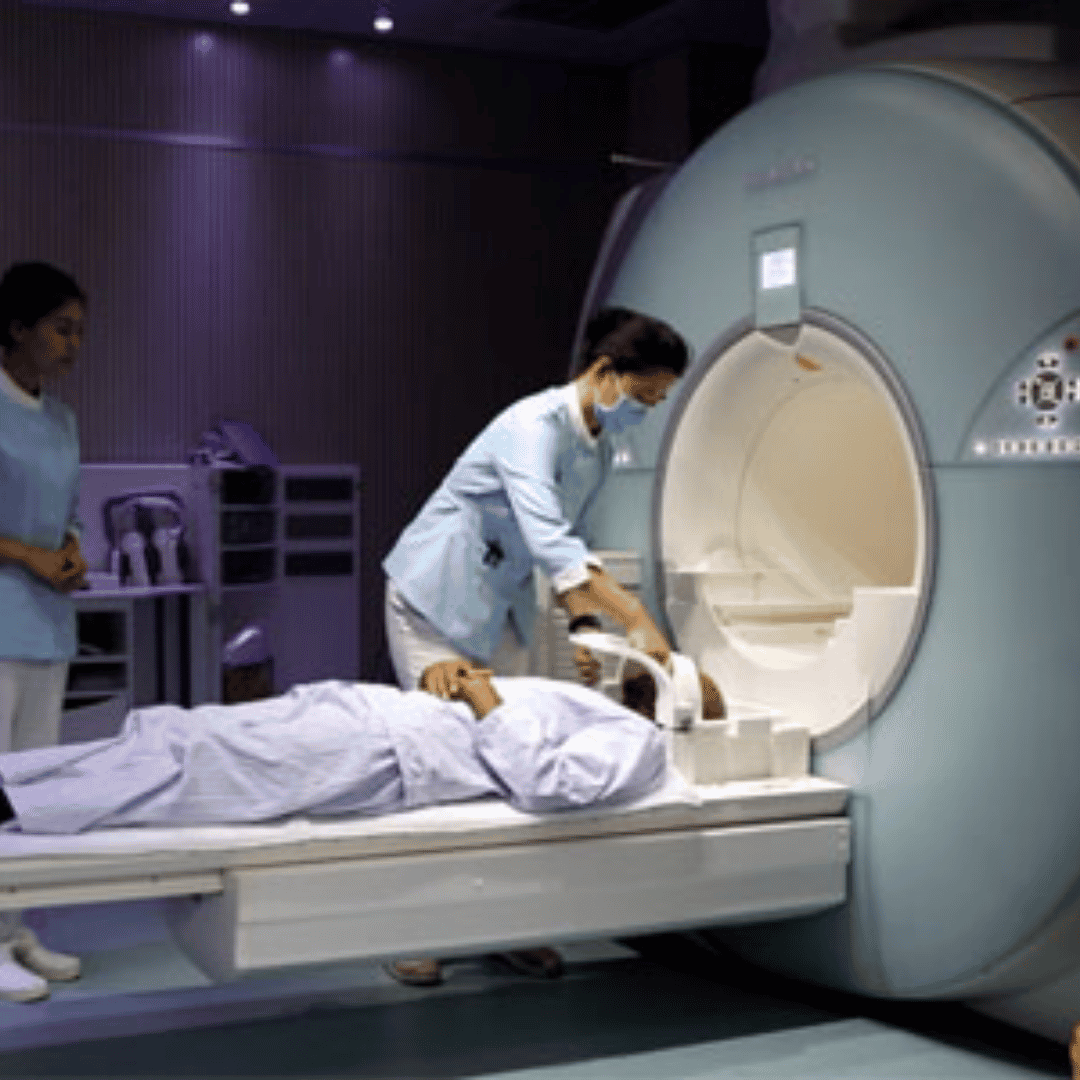


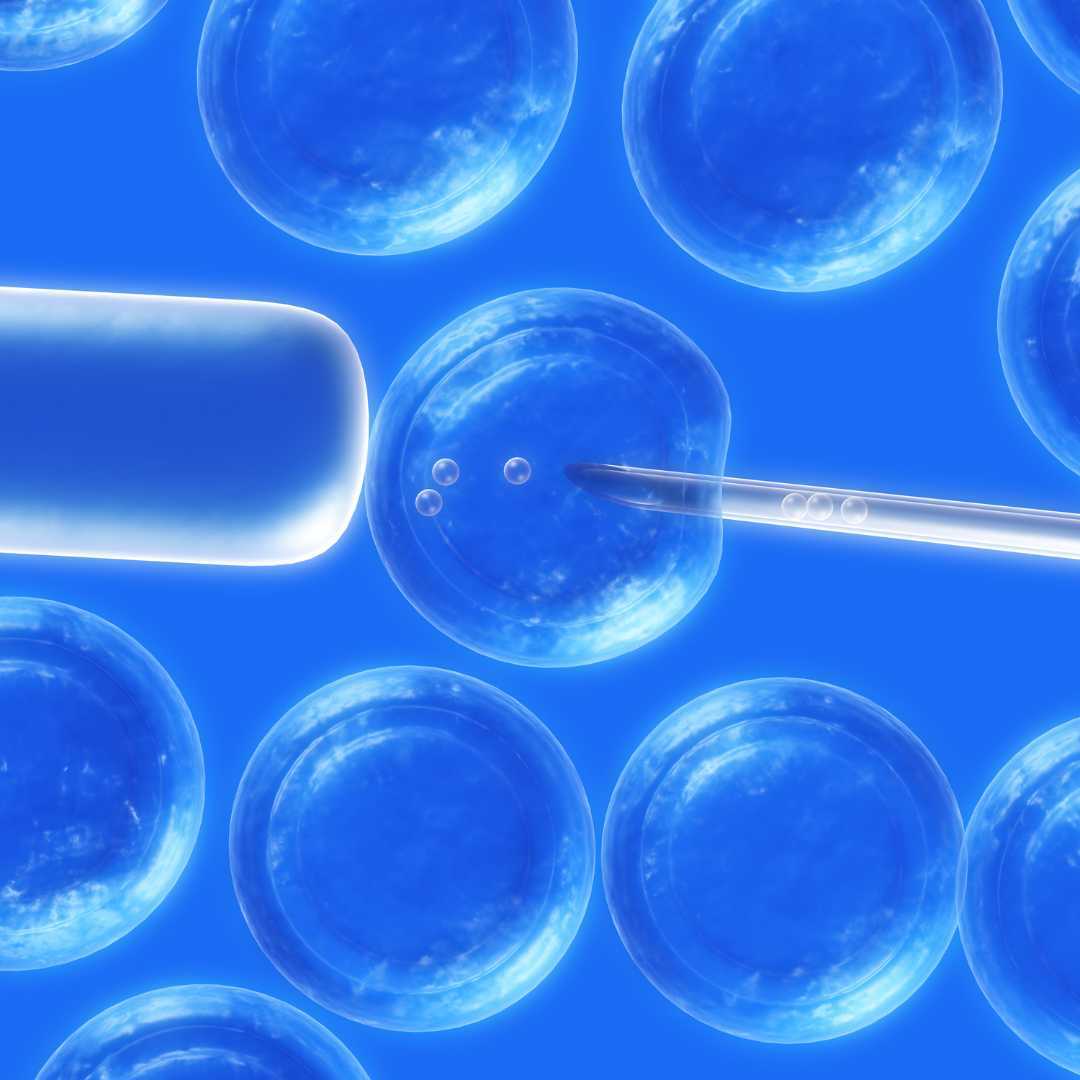




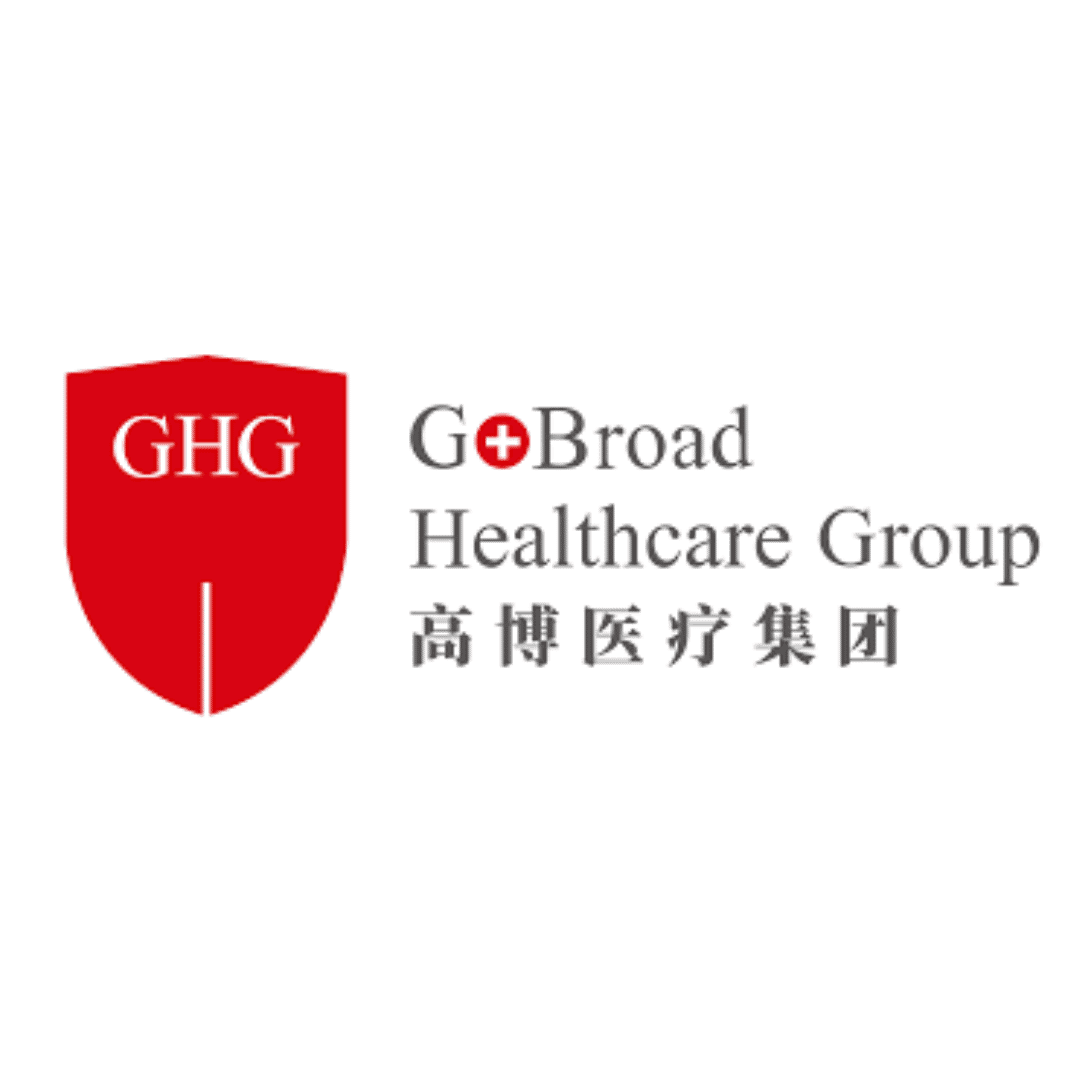
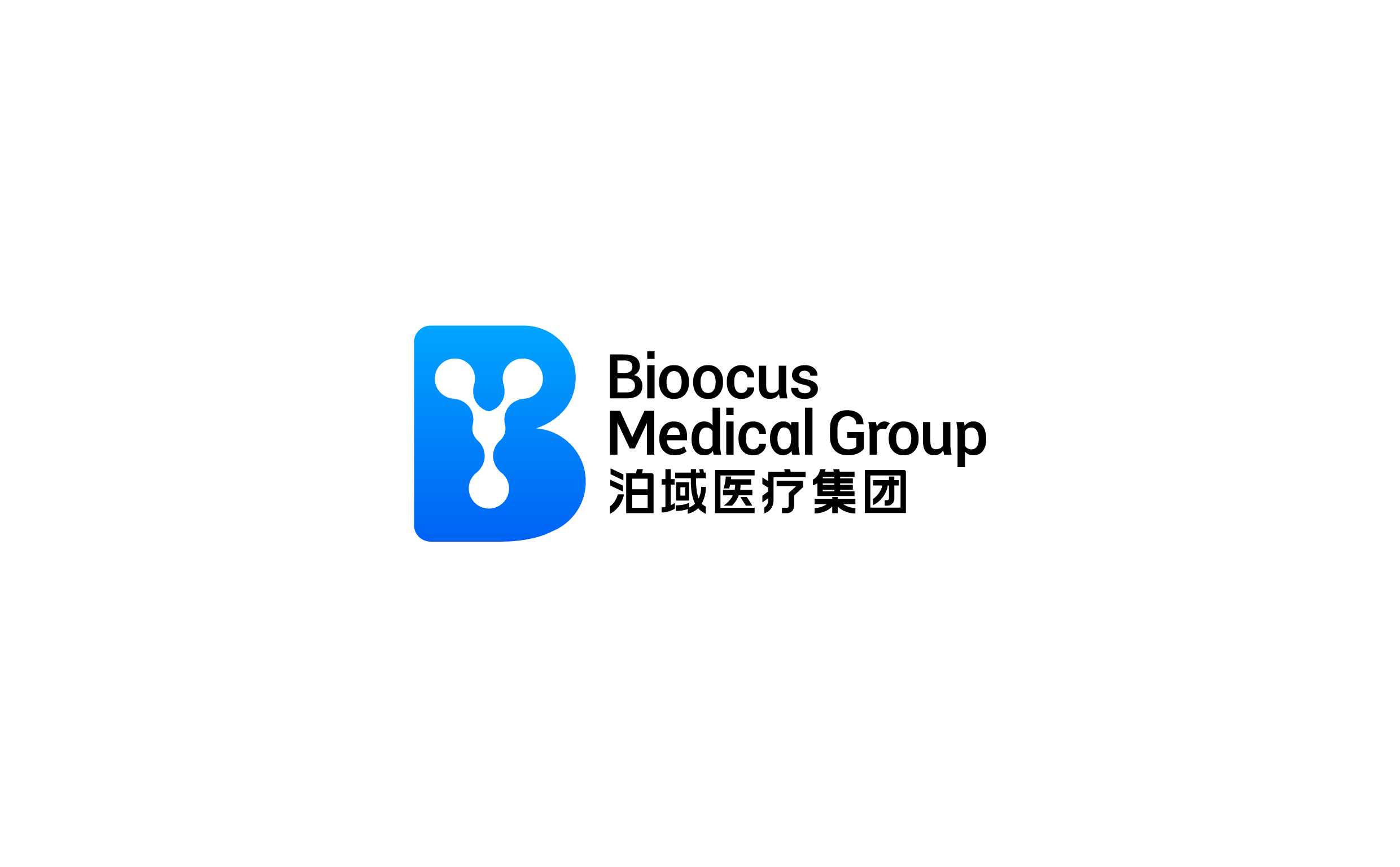
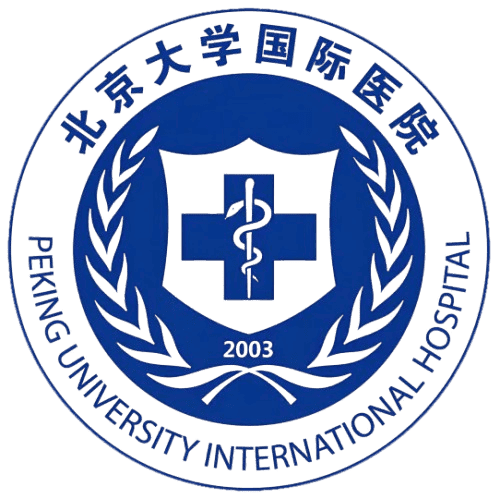
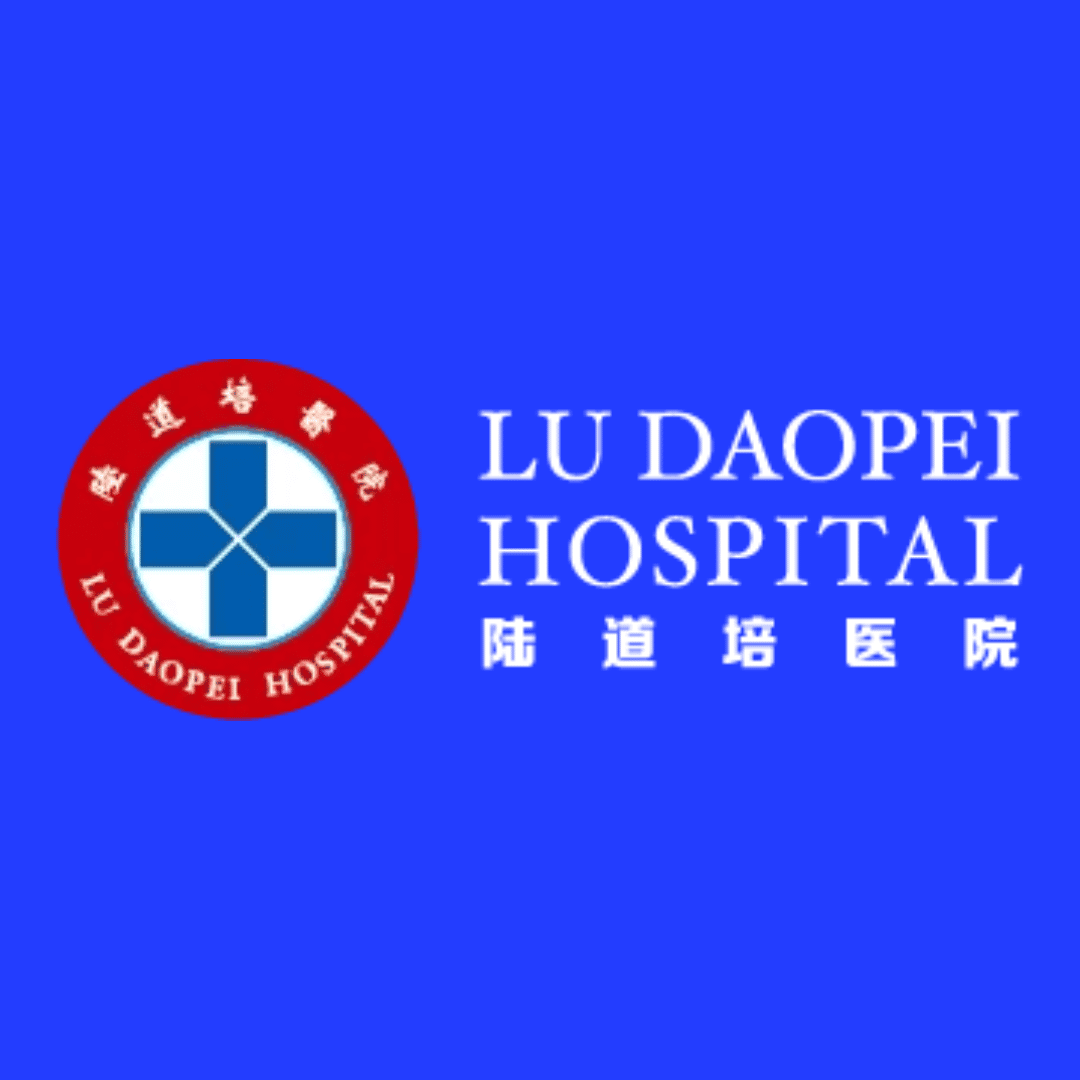

Share this listing